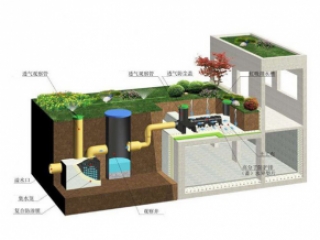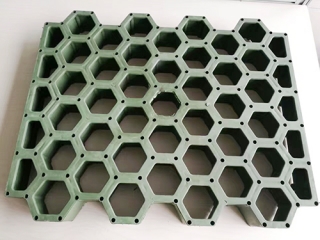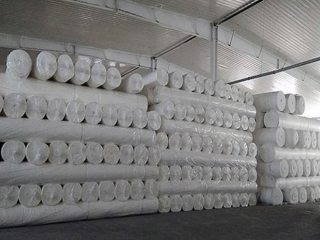Rainwater is a vital resource that falls from the sky and is naturally collected in various ways. It is the purest form of water and has been used by humans for thousands of years. In this article, we will explore everything you need to know about rainwater.
What is Rainwater?

Rainwater is precipitation that falls from the atmosphere in the form of liquid droplets. It is formed by the condensation of moisture in the air, which then falls to the ground. Rainwater is the primary source of freshwater for many regions around the world and is essential for plants, animals, and humans to survive.
Collection of Rainwater
Rainwater can be collected through various means, such as a roof catchment system, a rain barrel, or a cistern. Roof catchment systems are the most common way to collect rainwater. The roof of the building is the collection surface, and the rainwater is then directed to a storage tank, which can be used for various purposes.
Uses of Rainwater
Rainwater can be used for a variety of domestic and industrial purposes. It is commonly used for irrigation, washing clothes, flushing toilets, and firefighting. In some regions, it is used as the primary source of drinking water, and it is also widely used in the manufacturing industry.
Benefits of Rainwater
There are many benefits to using rainwater. It is a free and renewable resource, and collection systems are relatively low-cost and easy to install. Additionally, using rainwater reduces the demand for municipal water supplies, which can help reduce water bills. Rainwater is also excellent for plant growth, as it is free of chemicals found in municipal water supplies.
Conclusion
Rainwater is an essential resource that is often overlooked. By understanding the value of rainwater and using it for various purposes, we can help reduce our impact on the environment and save money in the process. Whether you choose to collect rainwater for your garden or your home, it is a smart and sustainable choice that benefits everyone.












